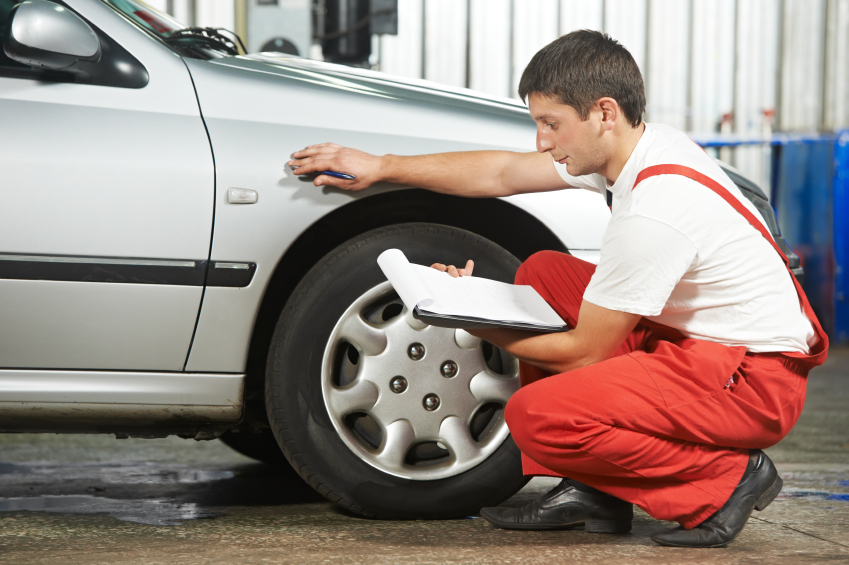A Day in the Life of an Auto Body Estimator

Also known as collision estimators, auto body estimators are the professionals who inspect damaged vehicles in order to estimate the cost to repair or replace them. These professionals are typically employed by auto dealerships, garages, insurance companies, or they might work independently, offering their services to various automotive businesses.
Auto body estimators are some of the most versatile individuals in the automotive repair industry. Not only do they know the market prices of parts in order to provide accurate estimates, they also have extensive auto mechanic knowledge that allows them to do thorough inspections.
If you’re considering enrolling in an auto body estimator training program, read on to learn about the day-to-day tasks you’ll be performing once you earn your diploma and break into the industry.
How a Certified Auto Body Estimator Performs Inspections
Auto body estimators typically work with vehicles that have been damaged through traffic collisions, natural disasters and more. An auto body estimator’s first step is to perform an intensive inspection.
During auto body estimator training, students learn about all of a vehicle’s components—from its chassis and body panels to its engine and undercarriage. Students graduate with a deep understanding of how vehicle parts work together, as well as how such parts are affected by collisions and other physical impacts.
Estimators examine the outside of a vehicle for dents, scratches, and broken glass. They check along the fenders for frame damage—either manually, or using machinery that can detect misalignment. They check engines for damage to mechanical parts, and even check a car’s interior for damage to its upholstery, electrical panel, and other components.
An Trained Auto Body Estimator Calculates Costs and Provides Estimates
Oftentimes, an estimator will follow a detailed checklist while he or she inspects a vehicle. Once the inspection is complete, a trained professional will sit down and look over his or her checklist in order to calculate the cost of repairs.
There are a few factors involved in providing an accurate estimate for damaged vehicles. The cost of parts, shipping of parts, and labor all come into play, but if the damage is too extensive, it might be less expensive for customers to simply replace their vehicle.
Once you become a collision estimator, you might decide to work for an insurance company. In this position, you will be required to calculate how much of a car’s damage will be covered by a driver’s insurance provider, and how much the customer would have to pay out of their own pocket.

A Good Auto Body Estimator Discusses Options with Customers
Once an estimate has been prepared, an experienced collision estimator will sit with the customer and discuss all of his or her available options.
If you find work in a garage that does all of its own repairs, you can even provide customers with a timeframe for the work that needs to be done. Otherwise you might have to refer customers elsewhere for paint jobs or other specialty work.
Auto body estimators who work in dealerships can provide clients detailed estimates for repair work at the collision center. In addition, these professionals can also give customers the value they’d receive for their vehicle if they choose to trade it in for a newer one.

Visit ATC for more information, or to speak with an advisor.

